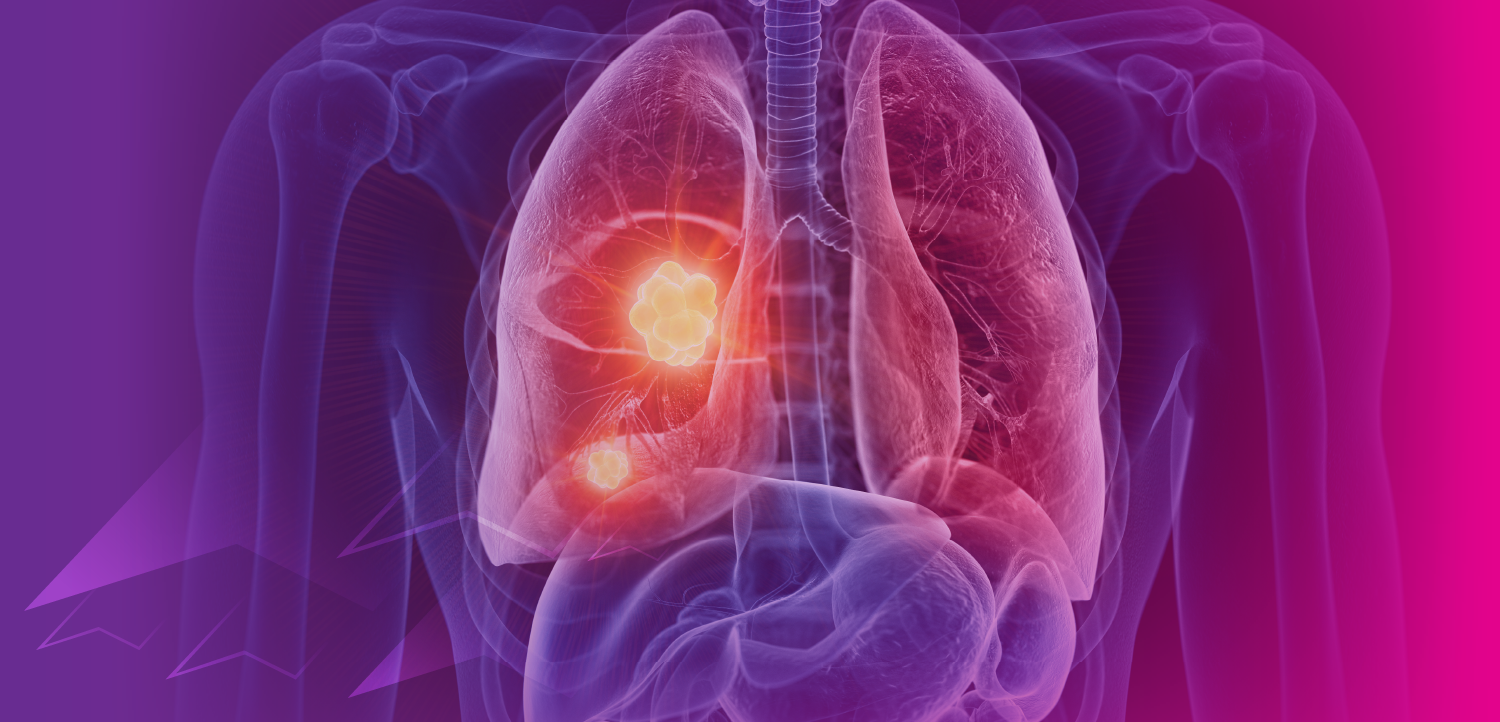System mines databases for cases, trends
The ability to gather radiology reports and other patient data into one digital database provides physicians with easy access to a wealth of information. Researchers on both coasts are proving that centralizing digital data increases the speed with which physicians can retrieve clinical information.
The ability to gather radiology reports and other patient data into one digital database provides physicians with easy access to a wealth of information. Researchers on both coasts are proving that centralizing digital data increases the speed with which physicians can retrieve clinical information.
A system called LEXIMER (lexicon mediated entropy reduction), developed at Massachusetts General Hospital, can isolate reports with recommendations for additional action from those with no recommendations and can identify patterns associated with those recommendations.
A review of LEXIMER by Dr. Mannudeep K. Kalra, a research fellow in radiology, and colleagues at MGH found that in a seven-year period CT chest scans generated recommendations at rates ranging from 5% to 31%. In the same period, recommendation rates for MR were 5% to 13%, for mammography 5% to 12%, for nuclear medicine 4% to 5%, and for PET 3% to 28%.
More than three million unstructured radiology reports were included in the database. The overall recommendation rate was 8.2%, Kalra said at the 2004 RSNA meeting. A more detailed analysis of patterns over those seven years revealed that recommendation rates for all CT scans grew from 11% in 1995 to 20% in 2002.
Dr. Daniel L. Rubin, an informatics research scientist, and colleagues at Stanford University developed Radbank, a data warehouse that uses open-source tools and has amassed more than 1.8 million radiological and 270,000 pathology reports. A review of Radbank's effectiveness revealed that physicians located 13 times as many teaching cases than were found manually. In one instance, a radiologist searching for pathologically confirmed viral esophagitis found no cases, compared with 55 cases discovered by Radbank.
The researchers evaluated Radbank's ability to identify patients who had undergone pelvic ultrasound exams and subsequently had pathological evidence for retained products of conception (RPOC) and patients diagnosed with intraductal papillary mucinous tumor of the pancreas on CT. Radbank found five times more cases than did manual searches. Because researchers using Radbank had access to pathological cases, they discovered that 75 of the RPOC cases had pathological confirmation. The radiologists who used manual searching abandoned the attempt to correlate cases to pathology after only three cases.
Newsletter
Stay at the forefront of radiology with the Diagnostic Imaging newsletter, delivering the latest news, clinical insights, and imaging advancements for today’s radiologists.




























